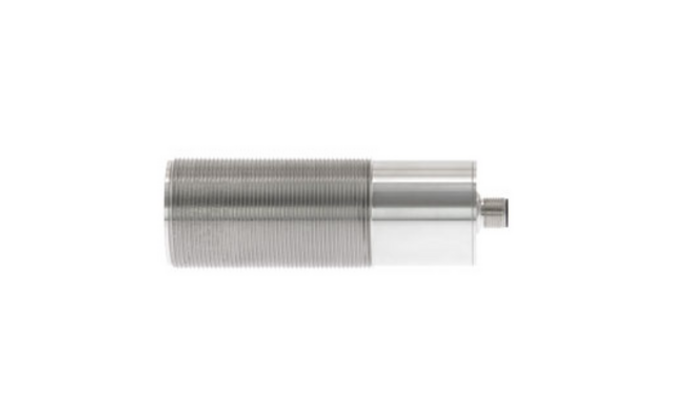
Infrared Temperature Switch (HMD) mini
At the moment, the product is not available in our warehouse.
After placing the order, we will notify you of the expected delivery date of the product.
Free delivery
from 1000 PLN (net)
Ask an experienced consultant:
Compact design
Small, high-performing and at optimal costs
Proxitron infrared temperature switchs have always been extremely robust, wear resistant and maintenance-free and specially constructed for the application in rough conditions. This situation has not been altered regarding the new Hot Metal Detector (HMD) mini. The robust und small stainless steel housing make him to an all-rounder for many applications.
The infrared temperature switch HMD mini convinces with its smart software, two parameterizable outputs and a lot more functions. One of the function is for example the comfortable Teach-In function. This function recognises the temperature of an object and adjusts the optimal switching point automatically.
Features at a glance
- small and robust stainless steel housing M40
- response temperatures of 250 °C - 900 °C
- object temperatures 250°C - 1,000 °C
- comfortable teach-in function
- robust silica lense
- easy parameterization via software
- two free parameterizable outputs
- maintenance free, low investment costs
- bus compatible (MODBUS RTU)
- ambient temperatures -10 °C - 70 °C
- wide range of accessory for mounting, cooling, adjustment and protection against dirt
The software
Also in the matter of usability and parameterization comfort is the mini as good as the big sensors. The HMD mini has been equiped with a software interface which is comfortably and intuitively to use.
The mini infrared temperature switch has two switching outputs - each output is programmable in the standard function with different response temperatures. With the equiped alarm function the self monitoring has been realised. If the function of the sensor is at risk due to an extremely dirty optic, the sensor puts itself automatically in the alarm mode.
Of course a variety of parameters are shown and visualised during operation. The system uses a MODBUS for the communication and therefore it can be quickly integrated in existing BUS systems.

 (
(